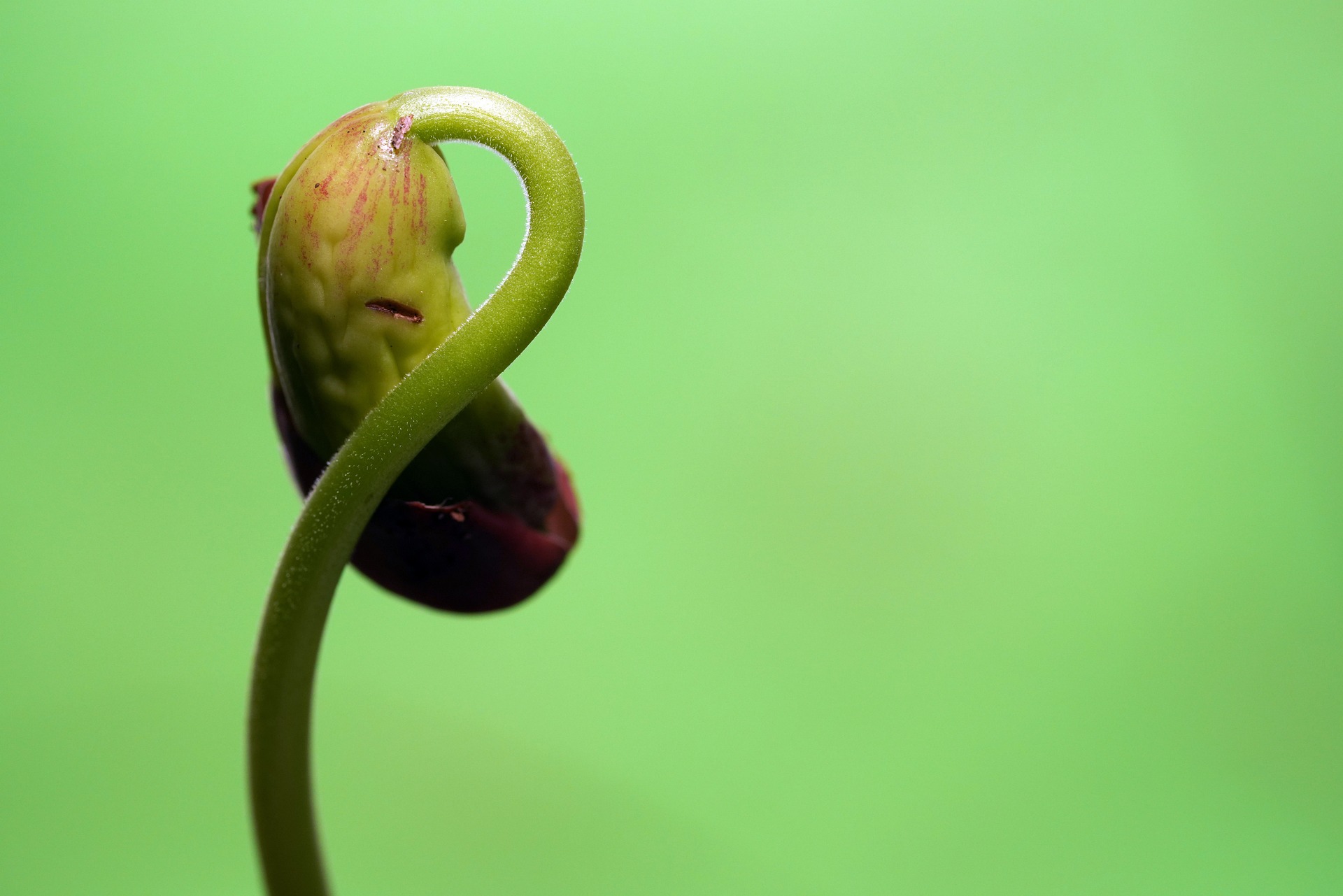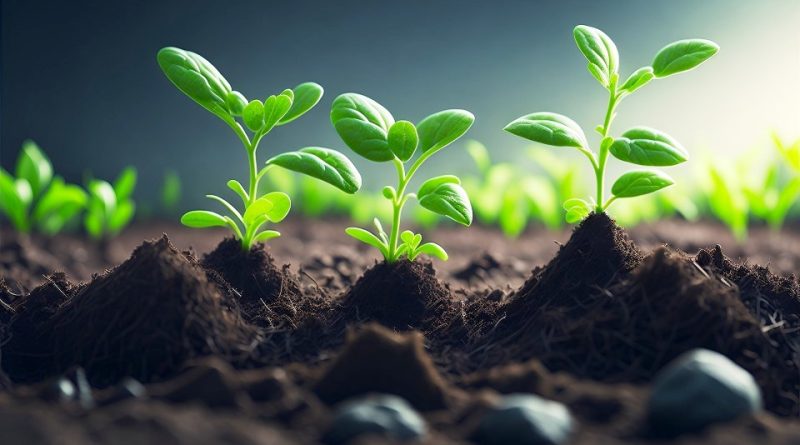The seed of our fathers
The seed of our fathers
The seed has always represented one of the strongest symbols in human knowledge and understanding.
Symbols, traditions, festivals and culture have been combined with the seed.
To understand the world of symbols you need to understand exactly what a seed is.
For biology, the seed is the diffusion organ of the spermatophytes which is responsible for the dissemination of plants. It results from the transformation of an egg after fertilization. Generally it develops on the mother plant and detaches from it after maturation.
The seeds contain within them, through the complex writing and union of two parent DNAs: information, history, evolution, experience…
They carry within themselves a past that has been “sacrificed” to produce a better future, the result of mistakes but also of experiences and teachings.
The sages of the past had noted that everywhere, in nature as in the soul, the same processes develop, so they too learned to condense an entire tree into a seed. The seed is a symbol. The Initiate sows it in his mind, waters it often, and when the tree appears, he works and rejoices in its shade… Then he collects the seeds and everything begins again… Life is more understandable with gods symbols and manifests itself through them.
How can we not quote a passage from the Gospel of John: “…Truly, truly, I say to you: unless the grain of wheat falls into the ground and dies, it remains alone; but if it dies, it produces much fruit. …”
Returning to the more strictly peasant culture, the seed, more than a new plant, is the fruit of a long process of adaptation, work, effort, experiences, knowledge and sharing.
In the seeds, all this has always been transcribed into a highly complex “software” where not only useful information for the new plant was stored but also the energy necessary to make it germinate and the material necessary to give rise to new life.
Information, energy and matter: this Trinitarian form of the reality that surrounds us and of which we are made. Those three forms on which quantum mechanics reconciles with many religious cultures, even outside the Christian one.
For example, in Hinduism, there is a notion of three forms of God called Trimurti. The doctrine of the Trinity refers to the Hindu understanding of the supreme Brahman as “Sat-Cit-Ananda”, which stands for absolute truth, consciousness and bliss.
Scholars have also noted that belief in the divine trinity dates back to many religions of the ancient world, such as:
– Sumeria, with the three regions of the universe;
– the Babylonian, with a composite god with three heads;
– Hinduism, with the three deities: Brahma, Shiva and Vishnu;
– the Greek, where according to Aristotle: “… everything and all things are delimited by three, since the end, the middle and the beginning have this number in everything”;
– the Egyptian, with the three divinities: Amun, Re and Ptah.
– Paganism, with the Triple Goddess referring to the girl, the mother and the cradle.
Returning to a strictly scientific level, the triune aspect that characterizes the living being was stupendously carved into history by Albert Einstein with the famous formula E = m c2, long before quantum mechanics entered into it with new nuances.
From this wonderful triune synthesis it can be deduced that Energy, Matter and Information, which are the analogical transliteration of Einstein’s formula, are principles strictly interconnected to such an extent that they are considered a single principle within which the three basic expressions transform into one in the other, so much so that it can be stated that Matter is coagulated Energy, Information is Energy in its potential state, just as Energy is Information in action. All this fluctuates with its own rhythm, giving life to the vast vital phenomenology of Nature and Creation as a whole.
Absolutely, it must be understood that every entity of Nature is essentially unique and at the same time triune in its constitutive principles and the most subtle part that animates it is inherent in “emptiness” (a term of oriental derivation which underlies a potential state without Form from which every Form originates) itself of matter, whether organic or inorganic.
Therefore, scientifically speaking, the study of the vital phenomenon that characterizes both matter and man should also focus on the physical forces that intervene in the spatial organization of subatomic particles rather than focusing on the analysis of finite chemical elements.
For this reason the seed is for nature not so much the end of a cycle but the beginning of a new one, but between the two cycles there is not a useless repetition but an accumulation of knowledge and knowledge, for a better and better future organization more shared.
This theme, so dear to cultures, especially Eastern ones, has been the “mantra” of farmers for millennia, who with their observation, experience, foresight, had learned to observe both the plant and the seed, allowing their experience to contribute to spreading the great encyclopedia that the seeds led.
Thus agriculture was the riverbed where nature flowed, accumulating on itself the potential information contained in the matter and energy that constitute it. The farmers selected the most suitable seeds, reproduced them, shared them, sharing the great text of an “experiential” DNA with others.

However, after the middle of the last century, man decided that an alternative way to this process was possible, as if millennia of history could be canceled and with them all the information, energy and accumulated materials. But above all by not understanding the true meaning of the passage of time and its function in the experiential management of matter.
Thus hybrid varieties were born. Non-“experiential” hybrid varieties.
Obviously hybridization also happens in nature, thanks to the incessant work of bees, other insects and animals or the wind. The pollen of one plant fertilizes another, of a different variety, the result is a new variety. Man has also created crosses since ancient times, selecting the most productive varieties and experimenting with hybrids in search of the best cultivars.
But man went further, he invented (and patented) F1 hybrids, i.e. first generation hybrids, obtained through long genetic selection work to obtain fruits that have certain desired characteristics.
Let’s clarify the logic of this process better.
If we want to have plants with a certain characteristic (for example, if we want peppers that produce regularly shaped fruit), we need to select the varieties with a process called segregation. This operation consists in isolating the specimens that demonstrate the characteristic and reproducing them together. By repeating the step several times, you finally obtain a cultivar that has the desired character. However, by resorting to autogamous fertilization (of the plant with itself) or by continuing to cross a limited number of specimens, plants with a very weak genetic heritage are developed. In short, with bland information not connected to real “experiences” of the DNA with Nature.
When there are two desired characteristics (for example if we wish to obtain peppers with a regular shape and which all ripen in the same period) we must proceed with two separate segregation lines: on the one hand the characteristic of homogeneous maturation is isolated, with another genetic line regular fruiting plants are isolated. By crossing the result of these two segregation processes, F1 seed is obtained, a generation of plants that present the two desired characteristics.
It happens, obviously (laws of genetics) that only the first generation of seeds resulting from this process is called F1 and is the one that manifests the selected peculiarities.
The subsequent generations called F2 and then F3 will have modified genetics, because some latent characteristics in the DNA of F1 plants can appear again. Often F1s are sterile or produce less productive F2 generations, considering that the autotrophic fertilization practiced in previous generations involves a serious genetic weakening. In any case, the F2 plants will not have the characteristics for which the F1 seeds were selected.
For this reason, when we reproduce F1 we free ourselves from the bed of nature and subject ourselves to the dependence of patents (of multinationals).
Not to mention GMOs or New Genomic Techniques (NGT), detached branches of a history never possessed.
The two things unmoor us from mutual collaboration with the three forms of Nature, namely: Information, Energy and Matter, which must always reciprocate with each other in a continuous becoming and progress.
To put it like the philosopher king Marcus Aurelius: the universe is change, our life is a consequence of our thoughts.
History, even that of agriculture, like that of the wider Nature, needs to accumulate experiences (which are nothing other than the continuous exchange between information, energy and matter).
Without returning to the great symbolisms of tradition and religious cultures of the past (just think of the goddess Demeter, creator of the cycle of the seasons, of life and death, protector of the harvest and of sacred laws), it is evident that there is no future with no backstory.
There can be no progress without the accumulation of past experiences; there can be no plant without the seed that informs it of new needs.
In short, beyond the profound and religious meaning of the phrase: … “if the grain of wheat that falls to the ground does not die, it remains alone; if instead it dies, it produces a lot of fruit” … it is evident that nothing, not even genetics and agronomic sciences, can detach themselves from the logic of the substance of which we are made and which pervades the entire reality.
The search, the desire to live and be reborn continuously, with new energies and forms, is in the words of these beautiful verses by Fernando António Nogueira Pessoa (Lisbon, 13 June 1888 – Lisbon, 30 November 1935), Portuguese poet and writer:
My gaze is as clear as a sunflower.
I have a habit of walking the streets
looking left and right
and sometimes looking behind me…
And what I see every moment
It’s what I’ve never seen before,
and I know it very well.
I know how to have the essential amazement
who would have a child if, at birth,
realized that he was really born…
I feel like I’m being born every moment
for the eternal newness of the World…
In all of this, Science, Technology and the whole of Humanity must recover that course, that bed of Nature, outside of which no water flows and, with it, no fertility of Life.
Guido Bissanti

